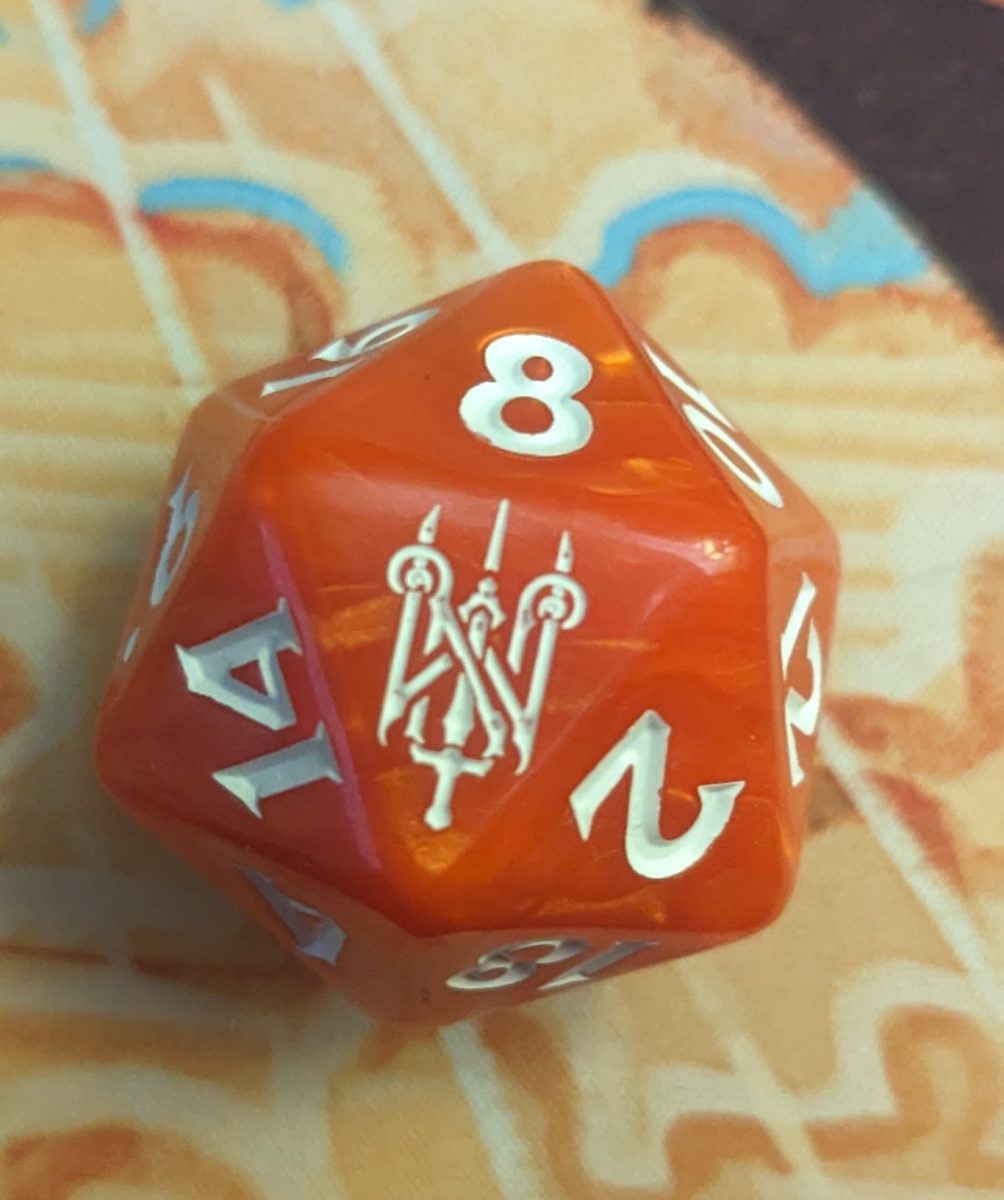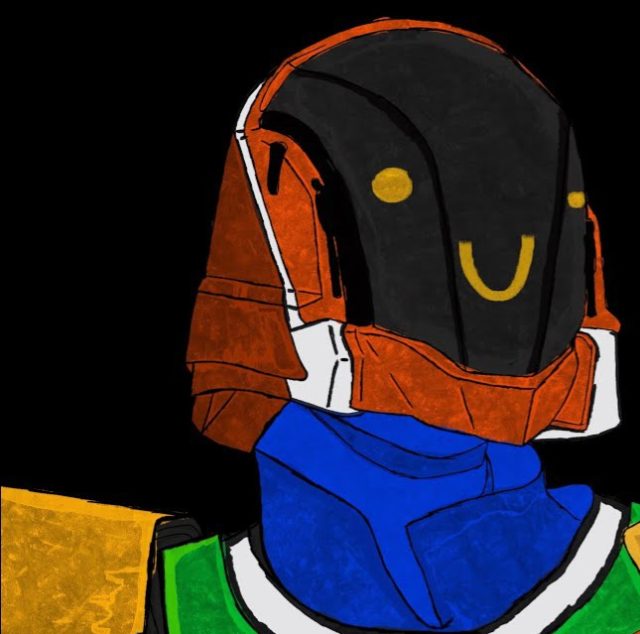Baldur’s Gate 3 is an isometric turn-based RPG (Role Playing Game) based on the fifth edition of Dungeons and Dragons. BDG 3 is a very authentic DND experience despite being a video game, and it successfully simulates the feeling of the TableTop game.
The Good
BDG 3 successfully transferred almost every class in 5e to the game. While the subclass options are limited to 2-3 per class (except for Cleric) the diversity of gameplay between playthroughs can be immense. Each class has one thing that it excels at, and while there are some overlaps, this following is fairly accurate for the game.
Barbarian: Rage to gain increases to damage dealt, and reductions to damage received
Bard: Use your instruments to cast magic to harm enemies and debuff enemies, or Bardic Inspiration to improve allies checks.
Cleric: Spells to improve allies and dish out large amounts of damage.
Druid: Magic based around manipulation of nature and shape changing into animals
Fighter: Lots of attacks, that’s it.
Monk: Lots of punches, supernatural effects by using Ki
Paladin: Warriors who gain power from the Oaths they swear, great healing power, and the ability to Smite your foes.
Rangers: Ranged specialists who take advantage of the battlefield.
Rogue: “Stealth is a vital part of Metal Gear Online”
Sorcerer: Beings who gain power from the phenomenons of nature.
Wizard: Gain their powers from being nerds.
Warlock: Gain powers from otherworldly beings, powerful but limited spells.
These are just generalizations about the classes in the game, and for some of the classes the strategies used to play them changes greatly depending on the subclass you choose. An instance of this is with the ranger subclass Gloom Stalker, which heavily emphasizes stealth and taking the initiative in combat. It gives multiple bonuses to being the first person to move in a combat encounter. Some features of characters even change the way you play. An example being taking the pact of the blade on Warlock, which lets you use any weapon as if you were proficient, and using your spellcasting modifier instead of your strength or dexterity.
The dev team also made some changes to classes for quality of life improvements and buffs. Monks for instance got a lot of improvements so they actually have a reason to use weapons, rather than punching enemies exclusively. Paladins also have more overall healing with Lay on Hands. Wizards can regenerate additional spell slots once per long rest. Bards can give their party a third short rest.
BDG 3 has exemplary combat that feels very similar to playing tabletop DND. While playing the game you have various resources you need to manage depending on your class. The only resources everyone has are movement, action, bonus action, and reaction. These all regenerate at different rates. You also have class specific resources, such as Ki, which regenerate on short or long rests. Then the spell caster classes all have spell slots, which regenerate on a long rest, save the warlock. While this does not sound exciting in writing, as is the case for most games it’s far more exciting when you start playing the game yourself. Especially when you stumble onto a combat encounter after expending most of your resources, and you have to get creative in order to survive.
Speaking of resting, short rests can be done twice per long rest. They regenerate part of your hp and your resources, while long rests regenerate all hit points and resources. Long rests require camp resources, which are just food items. Managing your camp resources is vital to successful adventuring. While the game does successfully capture the feel of DND, even simulating the anxiety of having your Dungeon Master rolling dice for no apparent reason, it is still riddled with issues.
The Bad
The dev team behind BDG 3 chose to not only limit the level of the characters to level 12, as there are problematic spells at level 13 plus, according to the developers, but also they chose to not include certain spells anyway. One of these spells is dispel magic, which is a staple in any DND campaign, as it lets you nullify any magic effect. The dev team chose to not include it because apparently with the amount of magic they have in the game they felt it would make some areas too easy. The whole idea behind the spell is to nullify any magical effect you come across, and with the number of magic locks they felt the need to include in the game, this would have been quite the boon for the immersiveness.
While it is the right of the dev team to do what they want as they are the proverbial Dungeon Master, just axing a spell because they couldn’t think of a way to balance it is very lazy for a triple A game company. This is especially the case since dispel magic isn’t even a guaranteed pass, and instead you need to roll a check against the magical effects. It also wasn’t just spells they chose not to include, they also purposely didn’t include subclasses or races with difficult abilities. Such as not having the Tiefling variant that can fly, or not including the Death Domain Cleric, who at level one can double the damage an enemy takes. Not including the Cleric subclass could be excused, if they didn’t have almost every other Cleric subclass included in the game.
Speaking of magic, the game is oversaturated with magic items. There are an absurd amount of magic items, and considering the fact that in the regular game anyone who isn’t an Artificer has to take weeks to make magical items, this is especially absurd. Balance wise, this means that most enemies can do an absurd amount of damage, as well as hitting a lot more than they normally would. In addition they changed the commonality of some of the strongest magic items in the game. One example of this is the Defender Greataxe, which can be found right at the start of act 2. The Defender Greataxe lets you subtract part of your hit, and add it to your armor class when you attack the first time that turn. This is normally a Legendary item in 5e, and is instead a rare item. Changes such as these to the balancing elevates the speed at which everything dies, friend and foe alike.
Larian also balanced the EXP acquisition oddly. As you’d think, killing something above your level, like a level 8 demon commander, should shoot you up at least a singular level, when you’re level 1. Nope, it actually makes almost no difference. This exact situation is at the very start of the game, where it’s even an achievement to kill said demon. However it gives you such a negligible amount of EXP it’s not even funny. What’s even worse is that if you kill that demon the mind flayer, who’s level 8, in the room becomes hostile. If you kill him as well you barely jump over to level 2, rather than after a cutscene and one conversation.
Another instance of this is if you choose to attack yet another demon who’s level 8, in addition to his level 8 displacer beast, and the ten-ish level 8 demons he’s accompanied by. This only gives you half of the EXP needed to level from 6 to 7. The fact that you can enter the dungeon where this demon is located, do four separate combat encounters in the dungeon and still not level up once is absurd. Especially when all the enemies level is around 6 as well. This is not even counting the non-combat encounters in the dungeon, which also award EXP. I understand that the game doesn’t want players to level up too quickly, but this is ridiculous.
Regardless of the balancing complaints I have, Baldur’s Gate 3 is very good, and is by far the best DND video game that has ever been released. The story and gameplay are extremely good, and make this game worth getting if you have the opportunity to do so. The game is also an easier way to learn the basics of DND. For a rating I’d give it a solid Vorpal Longsword out of wish




